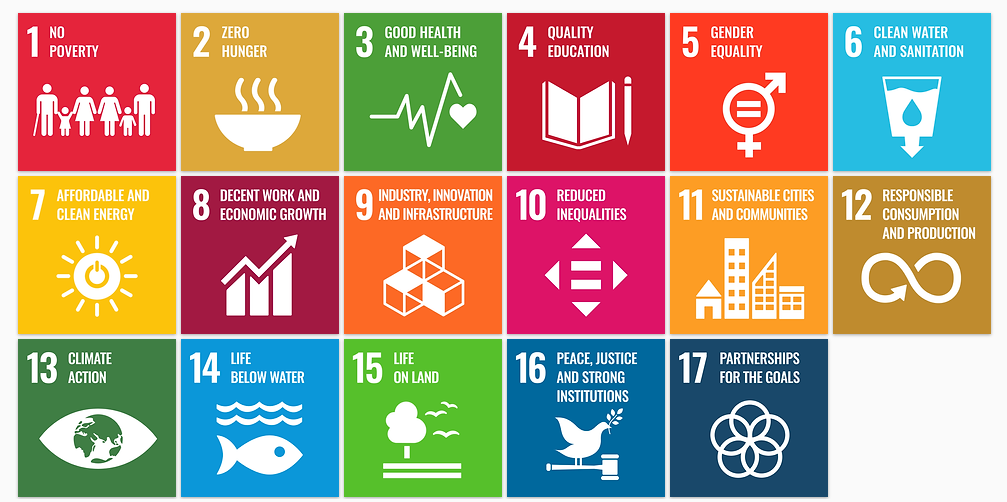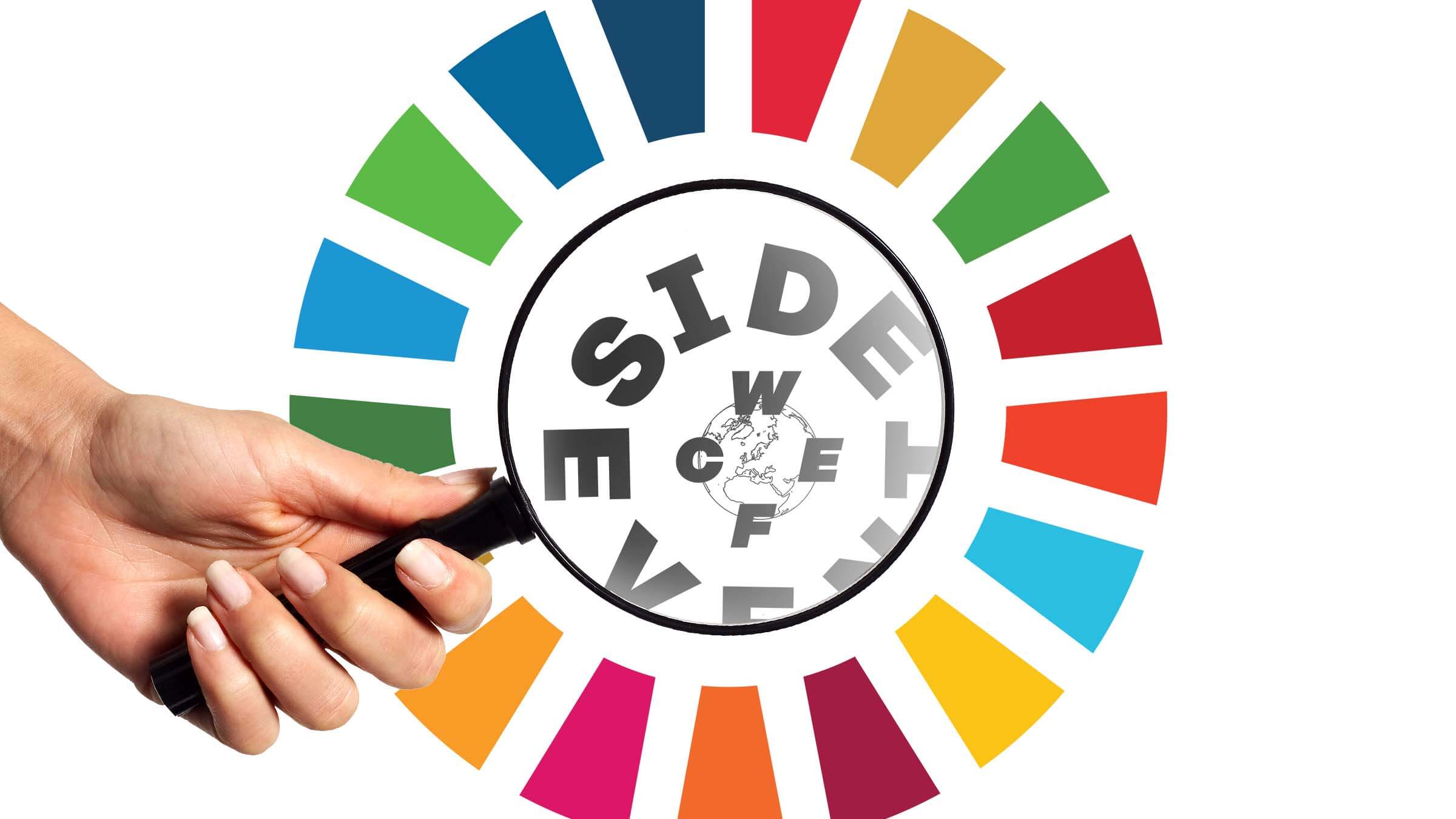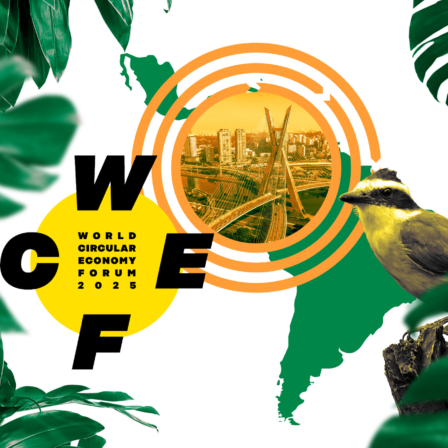The circular economy plays a big role in mitigating climate change, and recent studies also show that circularity will be crucial in halting biodiversity loss. A circular economy helps in reaching the United Nations’ Agenda2030 goals. And even though circularity may not bring solutions to all Sustainable Development Goals (SDGs), we need to maximise its power to address these global crises together.
At Sitra, we wanted to find out which SDGs are helped by the World Circular Economy Forum (WCEF) side events. For this, we analysed the past two years’ data collected on all WCEF Side Events through an SDG lens. Read forward to find out, what the analysis showed. But first, let’s have a look at what these side events are all about.
A quick recap on WCEF Side Events
Side events have been part of the WCEF concept from the very beginning. In 2017–2019, side events were organised only during the annual WCEF. As the COVID-19 pandemic forced the world to go online, we opened up the whole autumn from September to December for WCEF Side Events. In hindsight, it looks like our hunch was right: the world was hungry for events that bring the circular economy closer to people, business and governance. As a result, in 2020, the number of side events exploded to 80!
Since then, we’ve opened the call for WCEF Side Events to include all kinds of circular economy events throughout the year, live or online. Last year, The Netherlands hosted WCEF+Climate and Canada hosted the annual WCEF2021 when we broke the record again: 117 side events took place around the world!
The call for this year’s side events is open and the first events have already been published on the WCEF2022 Side Event list.
13 of the 17 SDGs covered in WCEF Side Events in 2020-21
In September 2021, we joined forces with SDG Monitor (see infobox) to analyse what SDGs the 197 WCEF Side Events organised in 2020–2021 had addressed. The analysis used the event descriptions, websites and recordings and categorised them to the primary SDG addressed by each event.

All of the United Nations Sustainable Development Goals (SDGs). Source: UN.
The analysis showed that most side events were linked to SDGs 12 (Responsible consumption and production; 81 events), 11 (Sustainable cities and communities with 35 events) and 17 (Partnership for the goals; 34 events).
However, SDGs 5 (Gender equality; 1 event), 13 (Climate action; 2 events), 14 (Life below water; 2 events) and 15 (Life on land; 2 events) appeared in surprisingly few side events. This is because these goals were often addressed in events which primarily concerned different SDGs, such as 11, 12 and 17. In addition, goals like no poverty, gender equality, decent work and economic growth are cross-cutting themes that appear in all SDGs.
The absence of SDGs 1 (No poverty), 2 (Zero hunger), 3 (good health and well-being), and 16 (Peace, justice and strong institutions) wasn’t a big surprise to us. But for circularity to become mainstream, these goals also need to be addressed by the circular community.
As a tool, the SDG Monitor works well in measuring corporate responsibility. Our analysis of the SDG links in WCEF Side Events was based on keywords and therefore strongly qualitative. However, the results do imply what topics have been most discussed in these side events. We find it a useful tool for tracking the broad spectrum of content presented in WCEF Side Events, and so we’ll keep on using it to also screen future events. It’ll be interesting to see how the SDG balance will shift in the coming years as circularity starts gaining more ground globally.
Only time will tell what kind of WCEF Side Events we’ll be seeing in the future. And frankly, it’s up to you what kind of events you decide to organise. But one thing is for sure: all side events are important for mainstreaming the circular economy and helping to solve our global crises together.



















Recommended
Have some more.